In 1863 the director of Dresden’s Natural History Museum had the bright idea of asking the Bohemian glassworker Leopold Blaschka to create models of sea anemones. Marine invertebrates lost their shape and colour when preserved in alcohol, but Blaschka’s glass models were so accurate and exquisitely crafted that demand soon followed from museums across the world. When Leopold’s son Rudolf entered the family business the Blaschka catalogue expanded to include a thousand items, from soft-bodied invertebrates to flowers.
It was seeing the Ware Collection of Blaschka glass plants at the Harvard Museum of Natural History that set the collector George Loudon on a new course. For 25 years from the late 1970s, the Dutch-born investment banker had been acquiring contemporary art, including work by artists like Damien Hirst and Mark Dion inspired by 19th-century museum displays. But why acquire contemporary riffs on Victorian pedagogical models when the originals were more beautiful, easier to accommodate and less expensive? Loudon knew about art, but not about science; now, like a Dutch Renaissance humanist, he began to see collecting as a way of acquiring knowledge alongside objects.
The difficulty he found was that most such objects are hidden in museum stores and rarely come onto the market. Nevertheless he managed to put together a collection of over 200 artefacts dating from the 18th to the early 20th centuries. Chosen principally for their aesthetic qualities, they range from 3D pieces – including a Blaschka Portuguese man o’ war and a late 19th-century papier-mâché anatomical model of a wild turkey by French maker L.T.J. Auzoux – to works on paper such as Henry Bradbury’s hand-coloured nature prints of The ferns of Great Britain and Ireland (1855) and a Japanese teaching scroll of 1843 illustrating different species of fish, crustaceans and insects. Two years ago, after publishing the collection in a book called Object Lessons: The Visualisation of Nineteenth-Century Life Sciences, Loudon was asked in Apollo whether he would consider putting it on show. ‘Not in the sort of institutions from which it comes,’ he said. ‘If you show it there it suffers from the hangover of its original function.’
Now 90 items from the collection have gone on show in just such an institution, Manchester Museum, in an exhibition also titled ‘Object Lessons’. One bonus of the institutional choice of venue has been to bring other examples out of the museum woodwork: a trove of Blaschka sea anemones discovered in the back of a drawer at World Museum Liverpool and a trio of cephalopods from Manchester Museum’s own stores have joined Loudon’s Portuguese man o’ war on display. World Museum has also dug out a selection of papier-mâché botanical teaching models by the German firm of R. Brendel; ranged on a shelf above examples from Loudon’s collection, they look like chorus lines costumed for a surreal ballet. But while Brendel’s outsize flowers offer a bee’s eye view of reality, the life-size wax replicas of Diseased Peaches by the Italian maker Francesco Garnier Valletti are completely life-like; blemishes aside, they look good enough to eat. Beside them, a pair of wax hands from World Museum showing the progress of scabies from ‘early stage’ to ‘pustular’ are convincing enough to make your skin crawl.
What is the status of these objects? How do Valletti’s fruits differ from 3D still lifes? His burst pomegranates might have fallen out of a fruit basket by Caravaggio. Yet their purpose was didactic rather than aesthetic: to educate agricultural students about plant diseases so as to identify and cure them. Valletti’s blighted fruits reflect the optimism of an age of discovery that believed that scientific advances could only make the world better. Today, works of art that reference 19th-century scientific models, such as Mat Collishaw’s Infectious Flowers or Damien Hirst’s anatomical toys, have less hopeful messages. In a world of agribusiness and Big Pharma, scientific advances are viewed with suspicion – if shown in an art gallery the object lessons of this exhibition might be different.
Despite his aesthetic motives for forming it, Loudon resists classifying his collection as art: ‘It’s very democratic – it’s populist stuff,’ he tells Lynne Cooke in the book, ‘and as soon as it’s put into a museum, it’s contextualised in ways that attribute an effect of grandeur to it.’ In his London home items lie about on mantelpieces, shelves and occasional tables; he decided early on not to build cabinets for what he regards as ‘random collections of objects…which together aren’t trying to say anything.’
There is nothing precious, in either sense, about Loudon’s collection. ‘What I have is not expensive,’ he claims, although if he has started a trend it may become so. Blaschka jellyfish have been turning up in art exhibitions, appearing in both ‘Aquatopia: The Imaginary of the Ocean Deep’ (Nottingham Contemporary and Tate St Ives) and ‘Curiosity: Art & the Pleasures of Knowing’ (A Hayward Touring exhibition with Turner Contemporary) in 2013. Loudon sees the growing interest in such objects as a sign of the public’s boredom with the inflated scale of so much contemporary art, ‘a reaction against Jeff Koons, if you will. They’re looking for quirky, curious and strange things that they can look at intimately.’ They’ll find plenty such things in this refreshing show, surprisingly unaffected by hangovers of their original function.
‘Object Lessons’ is at Manchester Museum until 20 August 2017.
Unlimited access from just $16 every 3 months
Subscribe to get unlimited and exclusive access to the top art stories, interviews and exhibition reviews.

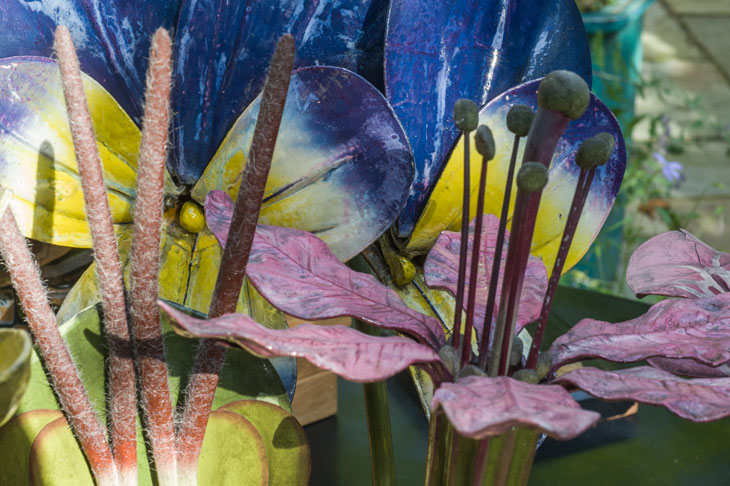
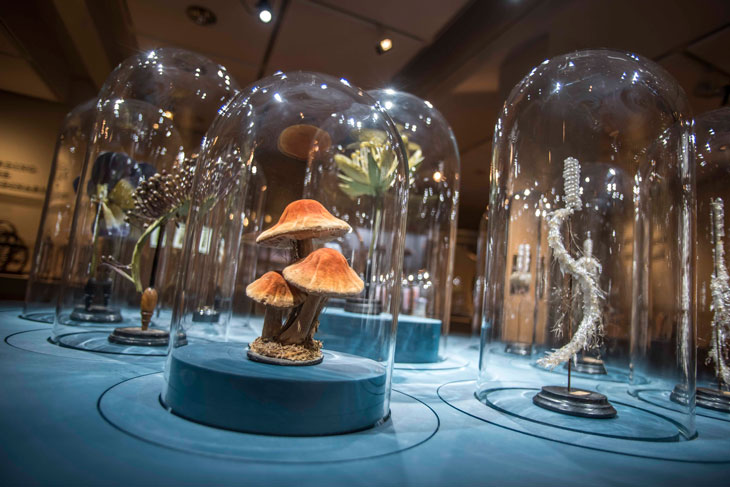
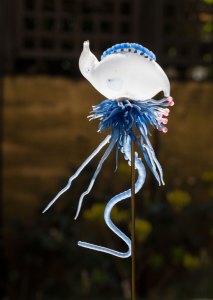
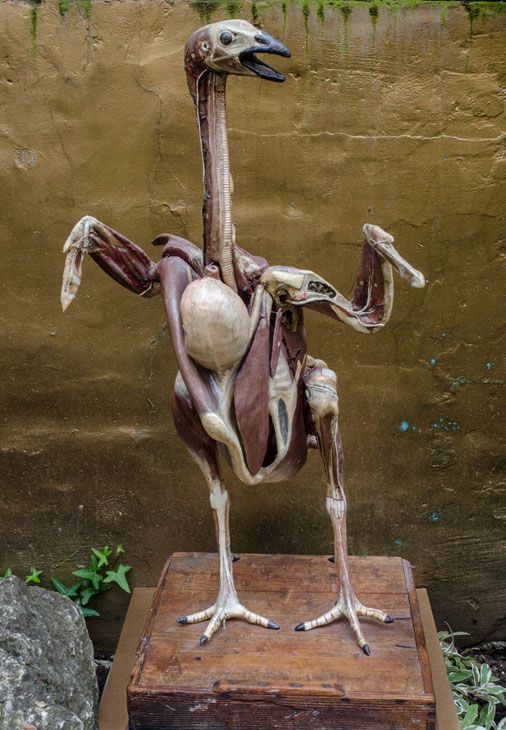
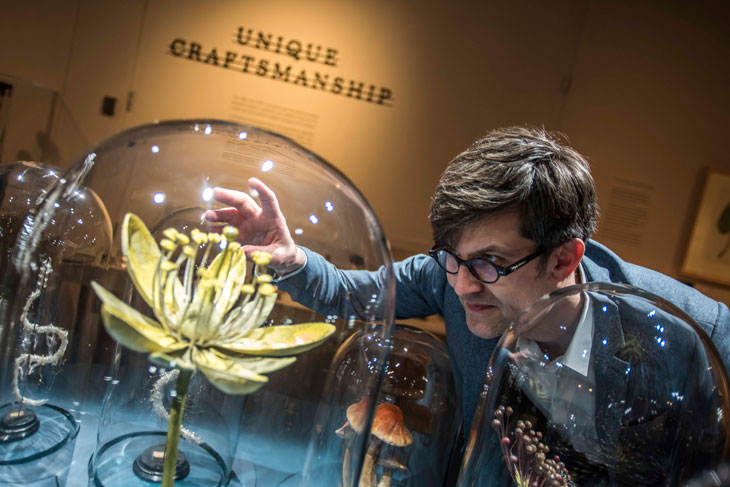
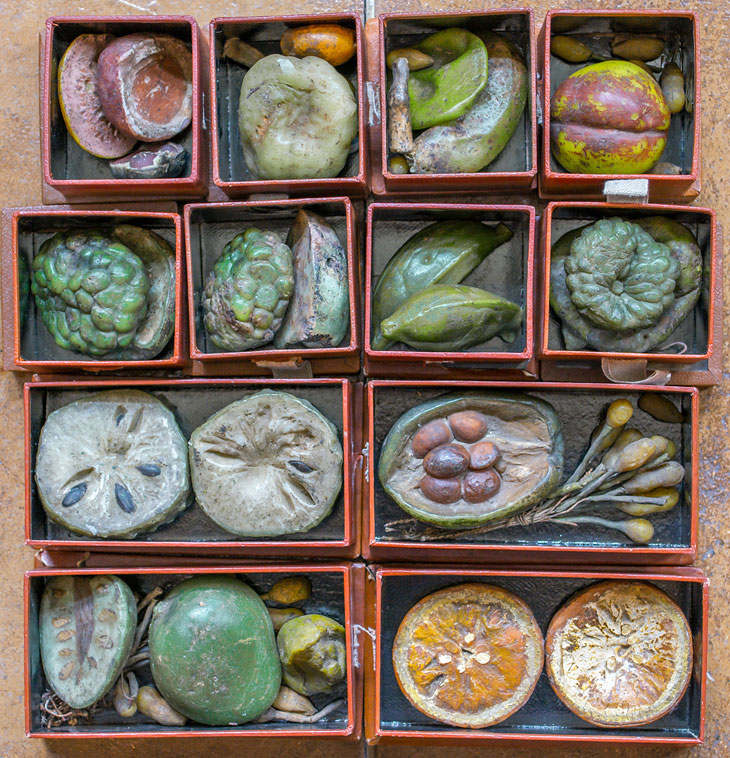
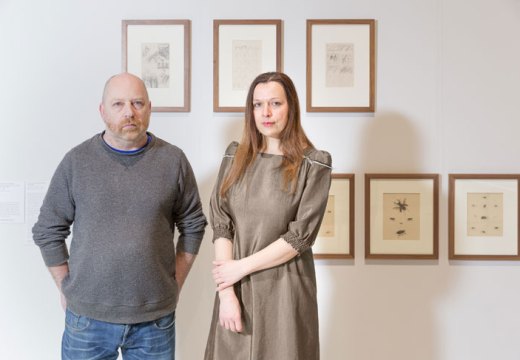

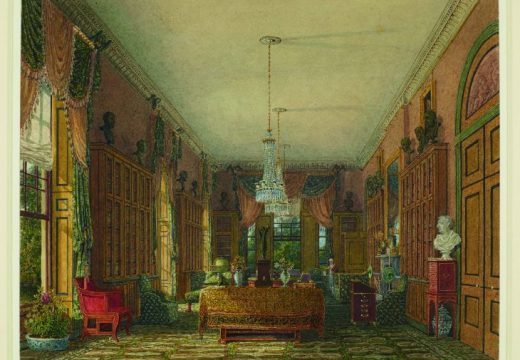








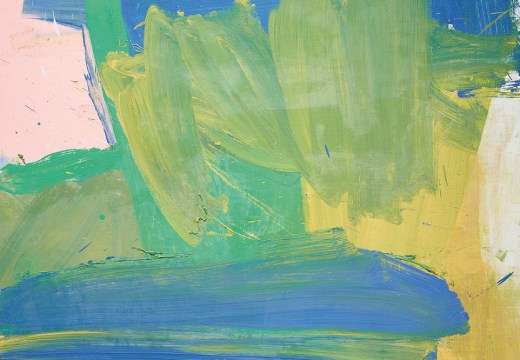
![Masterpiece [Re]discovery 2022. Photo: Ben Fisher Photography, courtesy of Masterpiece London](http://www.apollo-magazine.com/wp-content/uploads/2022/07/MPL2022_4263.jpg)
Why are fathers so absent from art history?